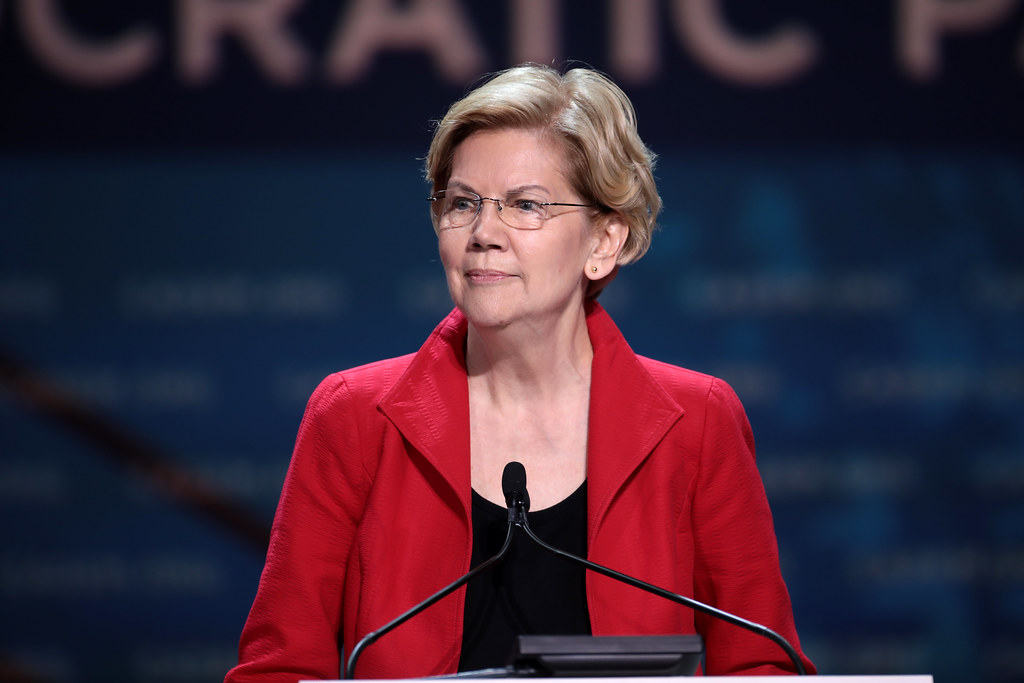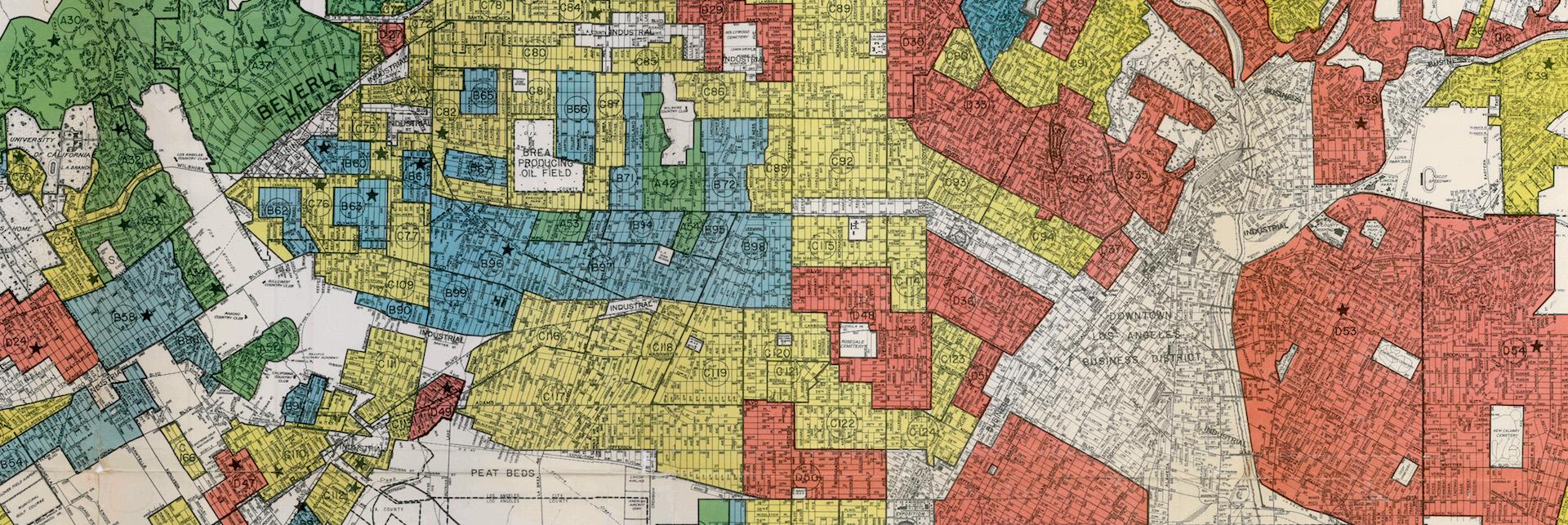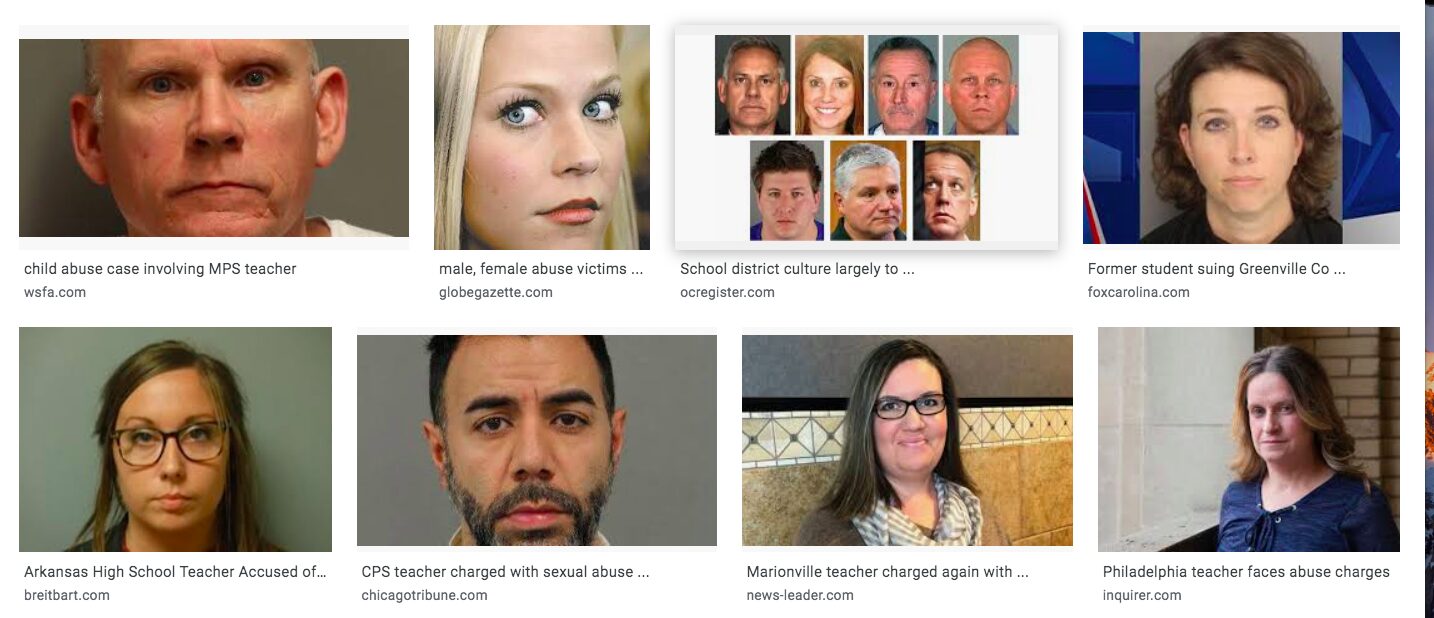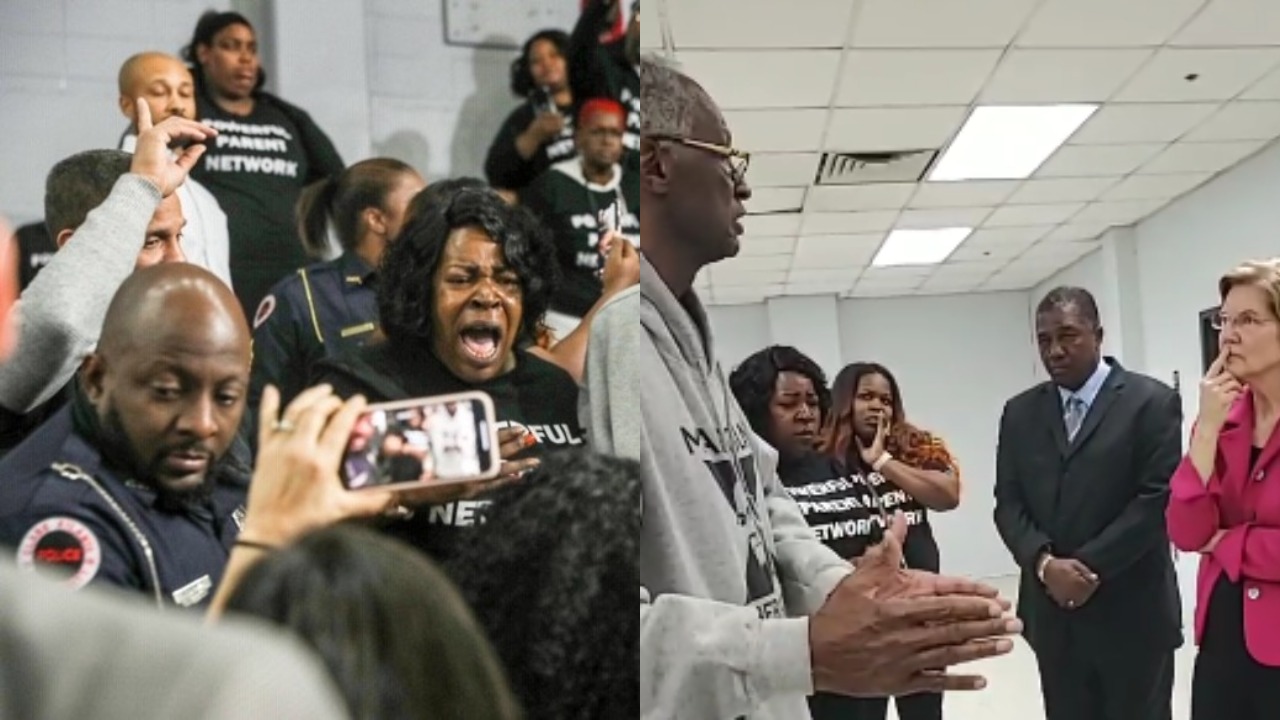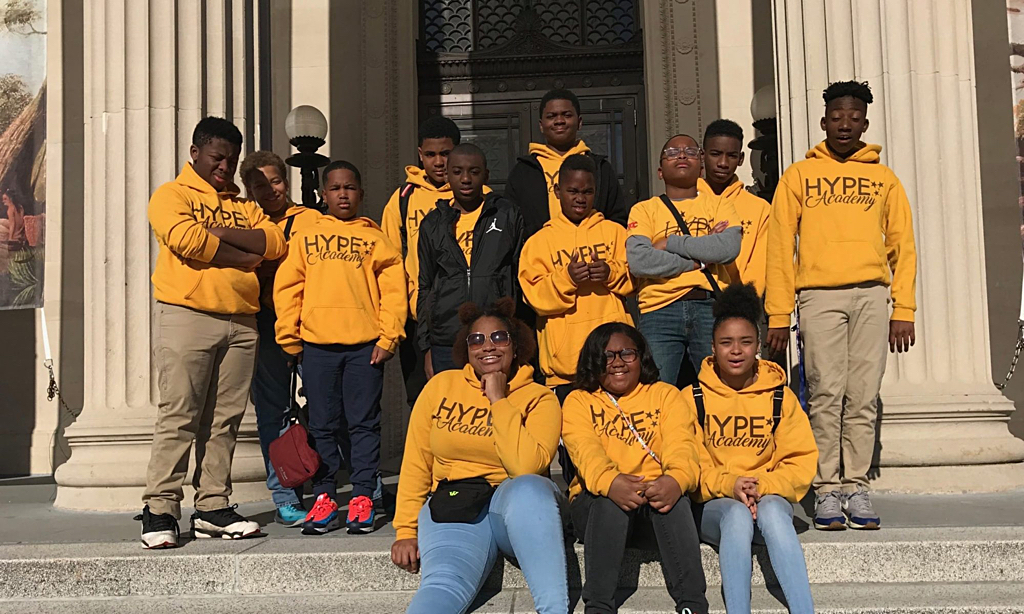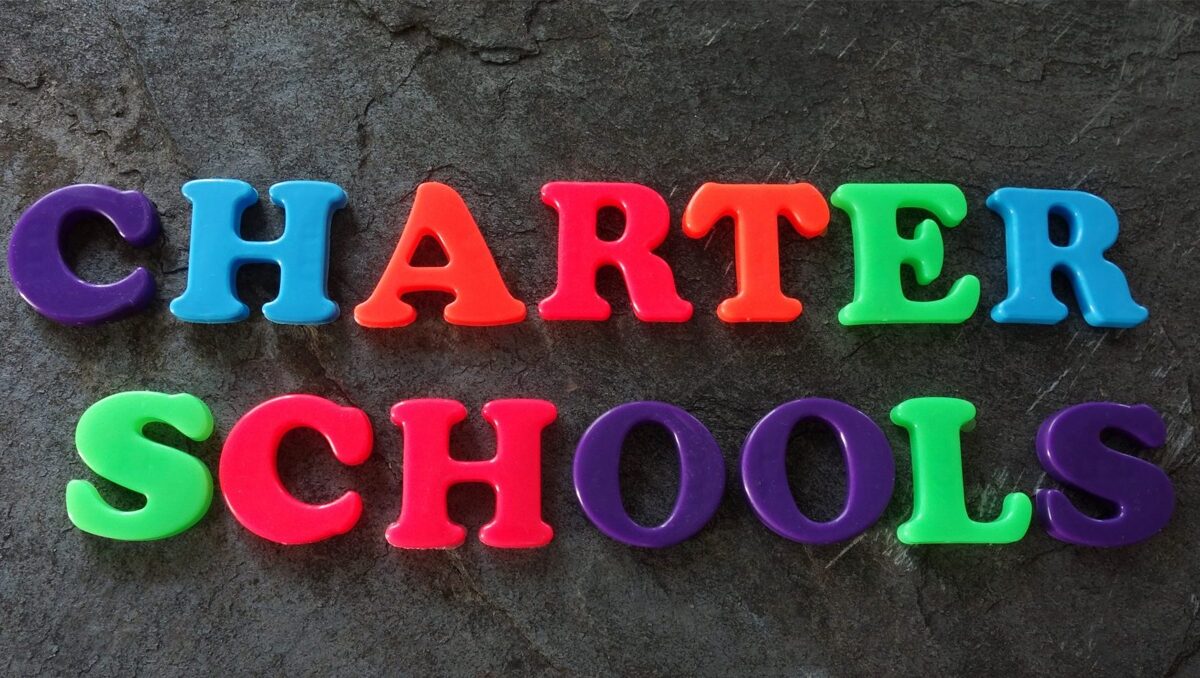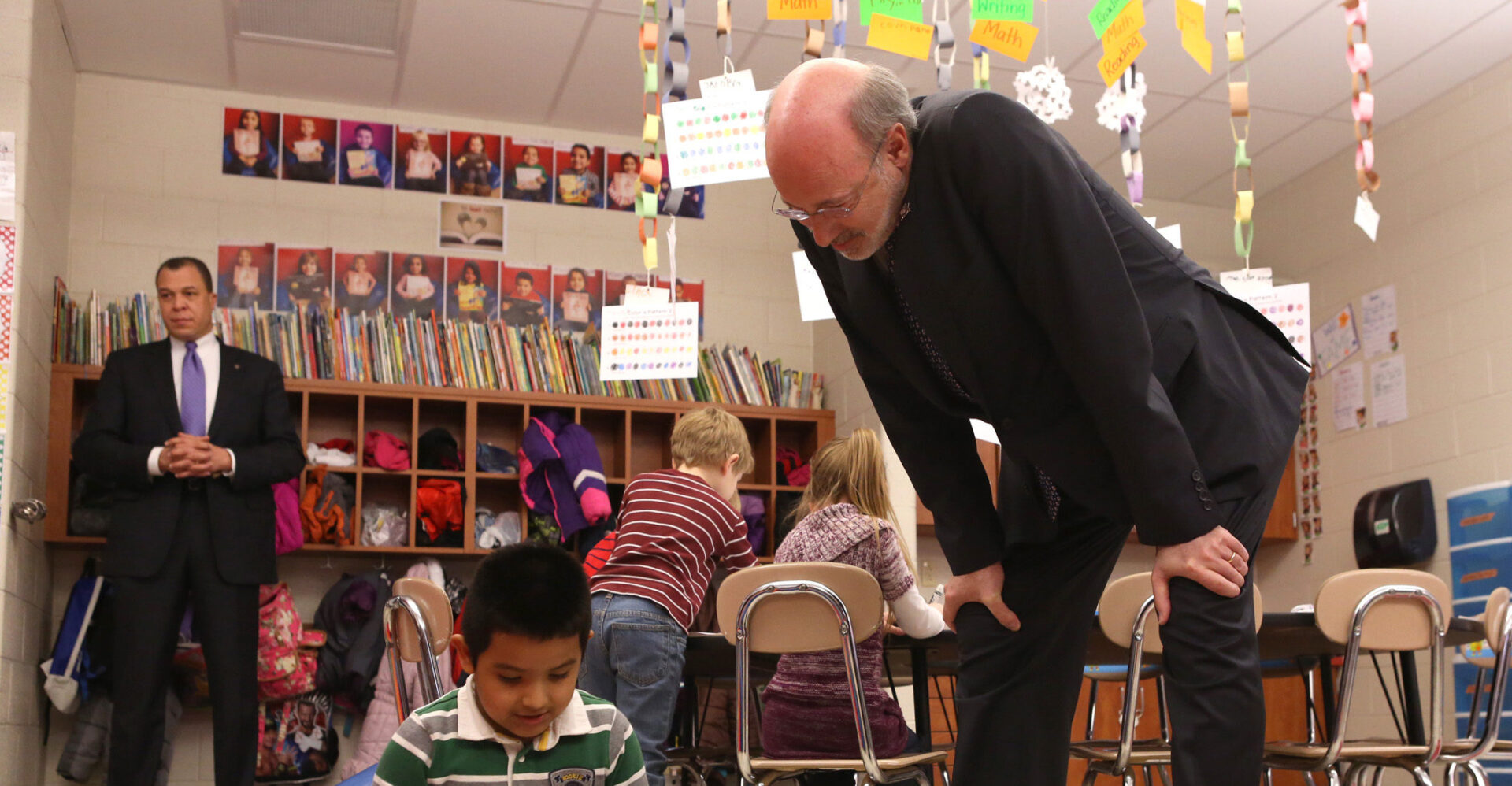
Pennsylvania Governor Tom Wolf Misses the Mark on School Choice
Pennsylvania Governor Tom Wolf recently vetoed a bill that would have expanded private school choice for low- and middle-income families. Less than two months later, Wolf is calling to further regulate the commonwealth’s public charter schools. At first glance, his new plan sounds like a great idea. I mean, who can argue with slogans like “quality education for all students�? and “taxpayer accountability�??
The only problem is that the policy prescriptions actually get us further away from the stated goals. Here’s why.
The governor’s plan calls to “prevent charters from overcharging school districts and taxpayers�? to achieve “fair funding.�? This recommendation has it completely backwards. According to the most recent data from the Pennsylvania Department of Education, district-run public schools spend $19,242 per child and public charter schools spend $14,113 per child. That’s right, public charter schools spend $5,129 – or 27 percent – less per pupil than district-run public schools.
This large funding disparity is especially disturbing considering public charter schools serve over double the proportion of students of color and 1.3 times the proportion of economically disadvantaged students compared to district-run schools. Systematically underfunding historically disadvantaged groups obviously isn’t fair. So why would anyone think it would be fair to increase these funding inequities?
It gets worse:#CharterSchools get 27% less funding than district schools but have over 2X the proportion of students of color. pic.twitter.com/7yHkpHVHW9— Corey A. DeAngelis (@DeAngelisCorey) August 22, 2019
Fair funding means giving all children the same education dollars regardless of what kind of school works best for them. If Governor Wolf wants fair and equal funding for public education, he should instead be calling for a big increase in per pupil funding for public charter schools. Yet here we are.
The plan similarly calls to “make charters pay for their administrative costs instead of taxpayers�? for “taxpayer accountability. But district-run public schools also have administrative costs that are covered by taxpayers. Why should public charter schools have to cover these costs when they already receive less than three-quarters of the per pupil funding as district-run public schools? Again, this double standard doesn’t sound like “fair funding for all public schools.�?
And we haven’t even gotten to the worst part.
Wolf also wants to “limit enrollment at underperforming charters�? so that we can have “quality education for all students.�? Let’s ignore the double standard for now. The most important issue is that Pennsylvania’s school rating system doesn’t account for differences in student populations across schools. In other words, the plan would disproportionately limit enrollment for public charter schools that serve the most disadvantaged students. And if you wanted to dissuade public charter schools from focusing on the least advantaged kids, this is exactly how you would do it.
But that’s not all. The school progress reports are mostly based on standardized test scores, which are weak proxies for long-term outcomes that families actually care about such as graduation, crime, and earnings. Families don’t want schools teaching to the test. Families want schools teaching their children how to succeed in life. And judging schools based on test scores, rather than the revealed preferences of low-income families, is peak paternalism. As a mounting body of evidence suggests, these families know a lot more about their children’s needs than the so-called experts and their standardized tests.
The governor gets a lot of things wrong in his charter school proposal. But Wolf is absolutely right about one thing: current law “doesn’t hold charters to the same standards as public schools.” Public charter schools are held to much higher standards. After all, they actually have to earn their customers.

